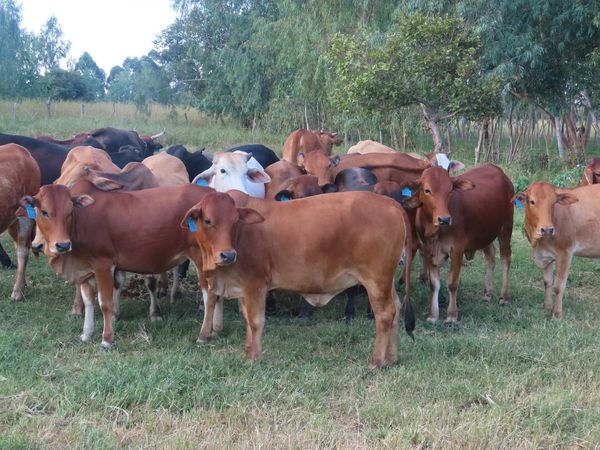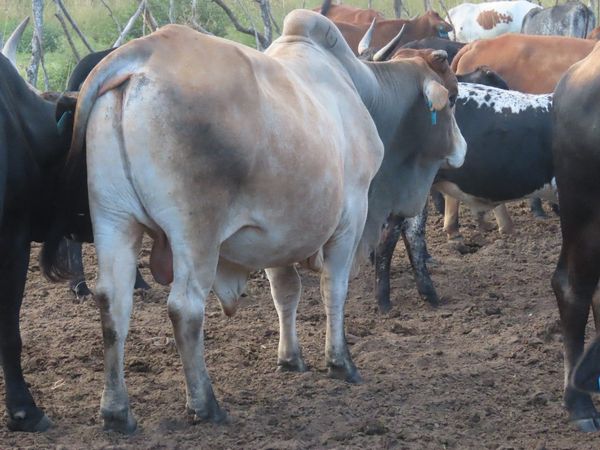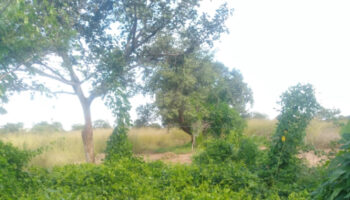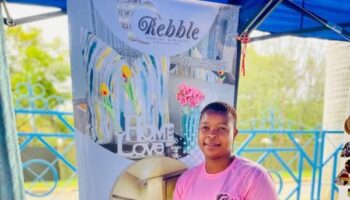Every Friday evening, we bring various Zbnites to share their experiences in various businesses an this evening we hosted a Premium Chat on Cattle Ranching by South African based Mr Bond. This is a project that commenced in 2016 and has grown in leaps and bounds.
Greetings ladies and gentlemen. I am humbled to be speaking on this forum. My name is Blessing, many of you know me as Bond. I am a Digital Transformation Specialist, born and bred in Manicaland. I am currently based in Joburg, but I am speaking about a Cattle Ranching Business that my partners and I run in Zimbabwe.
History
This venture came to me by accident. I was working in Zimbabwe when a Diaspora returnee approached me to start a Cattle project. I was not very fond of cattle, I preferred small livestock like chickens and goats which are quick to grow. He convinced me to look at it objectively and I was sold. A few weeks later we were looking for partners to work with. 10 people showed interest, but eventually only 4 people committed to put funds in.
Requirements to start
The business is quite capital intensive and requires the following key things
1. Land (obviously)
2. knowledge and skills (oops)
3. Cash (capital)
4. Time
5. Commitment
6. Passion for learning
We got a small piece of land (20ha) in Chiweshe, our founding partner’s rural home – land questions solve (temporarily)
Knowledge and skills
All of the 4 partners had a subsistence background to agriculture, and we needed to convert our mindsets to commercial farming. We allocated each other responsibilities according to where we are based and availability.
1. Operations – our founding partner took charge of this. He needed to learn skills related to operating a cattle business – and managing people.
2. Strategic Planning – road map for the future – basically what needs to be done to make the vision a reality
3. Finance – yes, we needed this
4. Transport and logistics – the most expensive part of running the business
Choosing the Breed
There are several breeds in Zimbabwe, and the choice of the breed is influenced by a number of reasons
1. Your goals – are you doing beef or milk? We were going beef so we needed a fast growing breed that responds well to feed
2. Climate – Chiweshe is in the Sour veld, so certain breeds would struggle
3. Hardiness – resistance to disease and drought
4. Many other factors including size of calves.
We chose to go with the Boran breed. Fast growing, hardy and docile/friendly. Smaller calves to reduce calving complications.
Growing the numbers
Obviously a Breed like Boran will have yuo forking out at least $1500 for a heifer, $2000 for a cow and $5000 for a bull. We did not have the funds to do this right away. So we bought a very good bull for a registered Boran Breeder. All our bulls now have birth certificates and health cards (more on this later).
Then we started buying cows from our neighbourhoods.
One important thing to know is, the quality of your bull matters – a lot. if you have 50 cows, and they all give you one calf per year, the bull has given you 50 cows in one year. So your bull is worth at least half your herd.
Choose your bull right.
Raising capital as a group
Yooh, this is a complex on – but we were fortunate that all 4 of us are still committed to the business. Sometimes one would lag behind in contributions, and we would negotiate, strategize and come up with a catch up plan for them. As we speak, we are all up to date, the total hert we have is over 500 cows, with differing ownership models.
Find people who are committed, and who can afford the cost of running the business.
Cattle is a 5 year to profit business, so for 5 years you will be sinking money into a blackhole – agree on this vision first before moving.
Operations
This is the hard part of the business – and it involves the following
1. Herd management – Kraals, hygiene, feeding, watering, tagging
2. Breeding – managing bull/cow ration, controlling breeding, record keeping (heat, pregnancy, abortions, hits&misses, birth weights etc), maternity ward, bull and cow performance metrics, culling, weaning – you name it.
3. Health – dipping, vaccination, dosing, treatment wards, quarantine of new arrivals, monitoring
Its complex work, and to help us with our herd, we have 14 staff members, including a resident “VET”
All these things are managed on a calendar, strictly maintained by the operations team.
Challenges & Solutions
1. Land – we rent neighbouring farms to grow maize for our feeds. Our Ops team has fostered excellent relations with the community through various engagement programs, now we have support and collaboration from the community.
2. Water – clean water for drinking and dipping – we had to raise money to drill a commercial borehole, and build a spray race for our cattle
3. Supplementary Feed – we have to buy hay, but we are working on a plan to get a baller and a tractor to do our own hay
4. Diseases – January Disease, Foot & Mouth, Contagious abortion, Lumpyskin are some of the big ones. They are mainly managed by proper calendarised vaccination, dipping with chemical rotation, quarantine, monitoring and rapid response (hence a resident vet)
5. Deaths – a death-rate of 5% pa is expected, but we have managed to keep it under 1% through excellent operations.
Collaborations
One key think I have learnt from cattle business is, never view other cattle farmers as competition, they are your partners and acquaintances. Hard to believe, but when times are hard, you exchange bulls, you exchange vaccines, you share a truck to and from the auction, and you exchange feed, and you call each other for consultation. You even exchange steers for heifers!!! Collaboration is key to success.
You can even hire a vet together and cut costs.
Pamombe hapana chinoraswa.
Manure mudanga is fertliser for crops, dehwe rinotengeswa, nyanga dzinotengwa, even yafa yega inotengwa nevema crocodile feeds.
Opportunities in Beef Cattle
1. Commercial beef breeding – you just need a large herd and you can sell your steers twice every year. You can also cull the older and now performing cows. Fun fact, a Mashona cow can give you up to 14 claves in 18 years!!
2. Pen Fattening – hehe, this one is the popular kid on the block, many want to venture into it but it requires its own premium chat. We have started doing it, its fun but intense. Basically, you identify nice steers, you put them in a pen with little movement, feed them like broilers and sell for super quality meat.
3. Stud Breeding – this is the money league. This is where you track animal genes and make those expensive bulls. Remember that bull that sold for USD26k at the auction? Yes, thats a stud Brahman Bull from one lecturer/farmer from Mat South. Mat South is sweet veld, suitable for Brahman. This also requires its own premium chat – because the operations is at a different level of discipline.
Feeding
There are many options, grass via normal grazing is the most common, but there are concentrates, fodder crops and custom mixes (including chicken droppings) that can be done.
Care must be taken to make sure the feed is appropriate for the growth stage and breeding stage.
Growth stages
1. Calf – youngling below 6 months of age, feeds on milk from the mother. You may need milk supplements if the mother is struggling. You need to monitor the health of the mother during the first 2 months, otherwise both mother and calf will suffer malnutrition.
2. Weaner – between 6 and 12 months – weaned from the mother, protein and calcium are critical at this stage, as both bone and muscle are actively growing
3. Steer – male, above 12 months and castrated – suitable for pen fattening at 24 months of age
4. Heifer – female, between 12 months and 24 months, may have given birth once or twice depending on breed
5. Bulling Heifer – ready to mate, 18 t0 30 months in age – keep away from grandfathers
6. Juvenile Bull – young mischievous bull, between 18 and 30 months. Keep away from breeding stock if you dont want it to mess with genes
7. Cow – 36+months old, female, at least 2 calves. Fully grown
8. Bull – 36+ months old, male fully grown
Each requires its own specialized feed where necessary
Bull to Cow Ratios
A juvenile bull can score between 10 to 13 cows in 90 days.
A grown up bull will hit 25 to 40 cows in 60 days – depending on breed, condition and feeding.
Never overwork your bull, after breeding season, give it two months to rest.
Don’t give a big bull to heifers – please…
Profitability
Depends on your model;
Commercial – you need at least 70 cows and two bulls to make profit, with an average weaning rate of 80%
Stud – here each beast is profitable, but you need at least 40 cows and an excellent bull. This is an extremely profitable venture.
Pen fattening – quick, 90 days return. if you are good at it, you can make 70% to 120% profit per carcass
![]()






